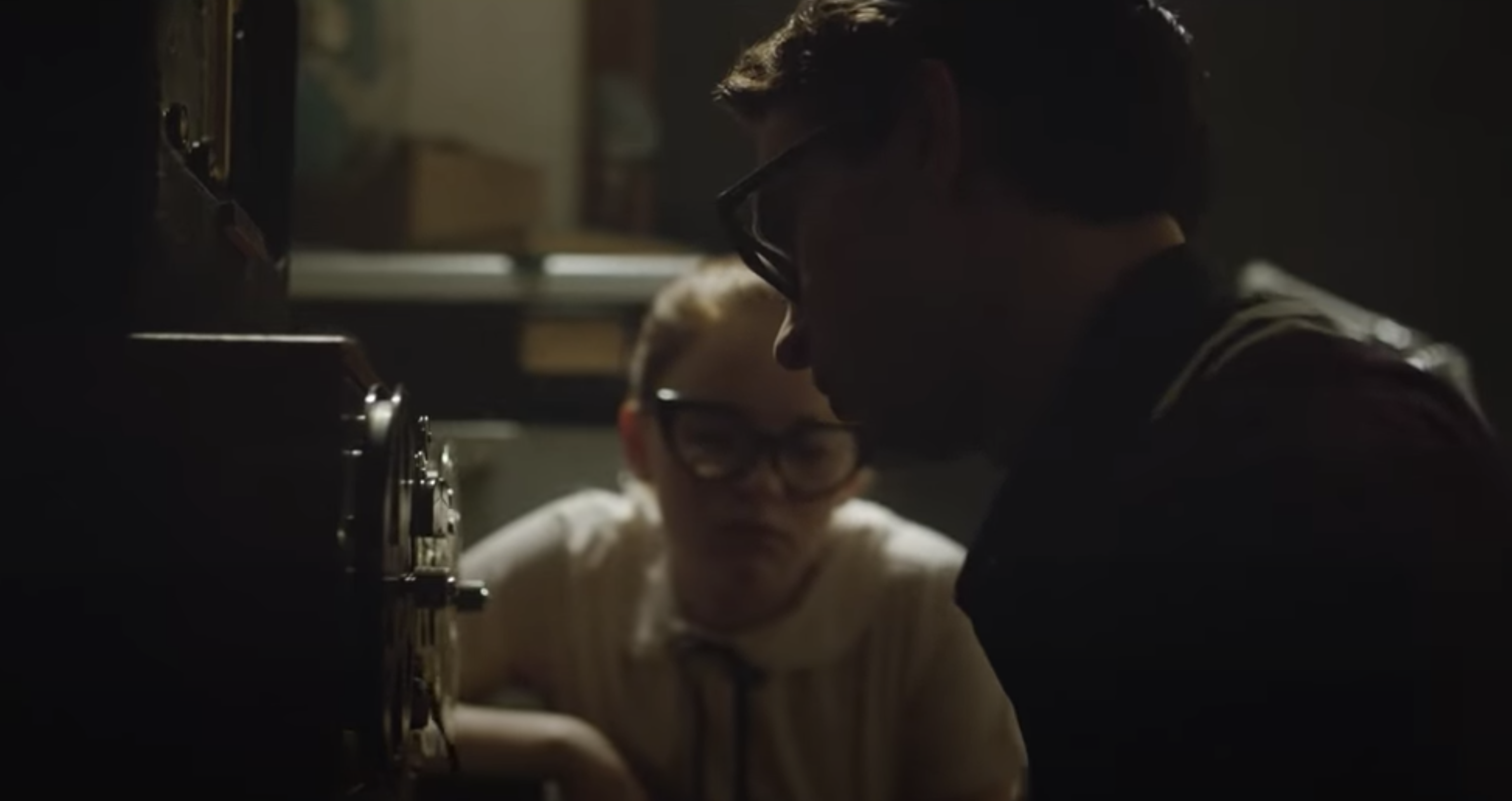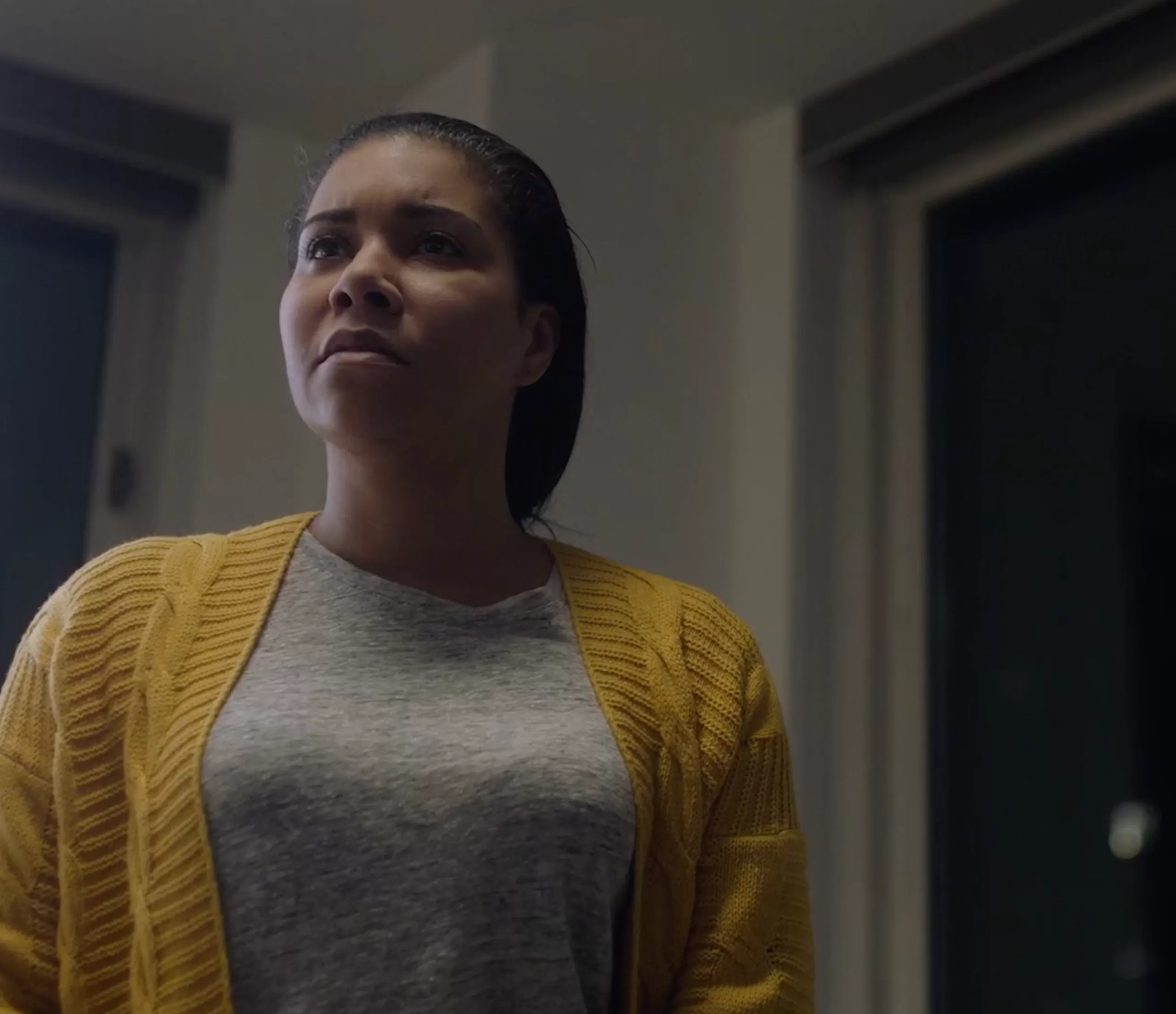Death and Guilt down in Tribeca
Those who prefer their accidental-murderer-with-a-guilty-conscience stories to be brooding and inconclusive will get a kick out of “Whitewash,” the more-or-less one-man dark comedy from Canada, starring Thomas Haden Church, and the small-scale Irish drama “What Richard Did,” both currently showing at the Tribeca Film Festival.
Set in remote stretches of wintry Northern Quebec, Emanuel Hoss-Desmarais’ “Whitewash” opens with Bruce (Church) at the wheel of his beat up snowplow, crawling through a blinding blizzard. Throwing back whiskey, and accustomed to complete solitude on the road, he begins to drift, and manages to hit and kill the sole person he’s seen for miles (Marc Labrèche). Panicking–in the laconic, cut-off fashion that movie characters in these types of climates tend to embody–he takes the poor guy’s wallet and buries him, half-assed, in the woods.
Told largely in flashback, “Whitewash” eventually reveals that this hit-and-run is a freakish coincidence. For the victim turns out to be Paul, the disgraced, debt-ridden I.T. consultant, whom, days earlier, Bruce found passed out with a gas hose in his car window. Bruce, an unemployed widower longing for some company, thwarts the suicide attempt and takes Paul in, and they bond somewhat, in their respective misery. But Paul quickly proves himself to be a bit of a creep. He asks Bruce intrusive questions about his departed wife. He’s hiding out from his own wife, too cowardly to confess his debt situation. He womanizes. He snoops through private rooms. Still, Bruce’s sympathy is undying.
Church, a jowly actor with the most intelligent frown in the industry and a knack for quietly sarcastic asides, does an impressively serviceable job carrying an entire film with a deliberate paucity of dialogue and movement. After Bruce’s plow gets stuck in the snow, much of “Whitewash” plays like a forest-set “Castaway,” as we watch him eating junk food, warming his frostbitten limbs with the limited gasoline left in his plow, doing whatever he needs to survive.
What gives the film its twist of perversion is that Bruce isn’t exactly stuck in this wilderness. His vehicle may be broken, but his searches for shelter aren’t always fruitless. He finds a nearby grocery store for his gasoline and junk food, a diner where he gorges on hamburgers, a cabin full of canned goods, where he hides out until a frightened family finds him. It is understandable that, whether the people he encounters are friendly or suspicious, he feels compelled to shy away and keep his situation a secret. What is more puzzling is that this practical survivalist keeps returning to that doomed plow, rather than braving on through the woods, starting a new life in a distant place. The plow comes to represent purgatory; Bruce is too self-preserving to report himself to the police (though he babbles imagined confessions to them) and too self-loathing to truly save himself.
“Whitewash” is beautifully shot–the mercilessly frosty backdrops are even more palpable than in “Fargo”–and often bitingly funny. It’s a scintillating examination of how even the sturdiest, most stoic folks can succumb to the crippling anxiety of guilt.
Unfolding in essentially the opposite atmosphere–verdant South Dublin and the beachside summer homes of its privileged residents–Lenny Abrahamson’s “What Richard Did” is equally if not more bleak, and certainly far more conscience-stricken. And unlike in “Whitewash,” we see the mountain of potential the lead character is capable of before his brutal undoing.
Richard (Jack Reynor) is a well-liked, handsome teenager with, seemingly, nothing to lose. He’s a bit of a dreamer–a high school rugby star, he still fancies himself a professional athlete–but his parents don’t worry much about his future. They are that enviable blend–quite common in real life but rarely seen in the movies–of unconditionally loving and somewhat permissive, letting Richard and his rambunctious pack of friends throw co-ed parties at their beach house. Still, Richard isn’t your typical devil-may-care jock; he’s a caring friend, inclusive even of his school’s underdogs and particularly protective of an underage blonde girl whom the boys often forcefully hit on.
To the film’s credit, however, Richard is far from perfect. Though there are many nubile females in his entourage, he lusts only after Lara (Roisin Murphy), the pale wallflower who seems to be going steady with Conor (Sam Keeley), a more sensitive, pretty-boy singer. Lara and Richard are a naturally adorable couple, sweetly making plans for an idyllic life together, but they carry only mild qualms about their betrayal of Conor, and inevitably, tempers flare. Richard and Conor spar outside a drunken house party; after Richard delivers a final, puncturing kick to Conor’s gut, he watches Conor slink off, in defeat but seemingly OK. The next morning, he’s horrified to discover that Conor instead died from the blow.
“What Richard Did” is a more somber, more straightforward affair than “Whitewash.” The crime, while harrowing, is clearly less heinous as there’s no cover-up involved, only a prolonged inability to own up to it. Furthermore, Richard is far more emotionally demonstrative than “Whitewash’s” Bruce, just as tongue-tied when it comes to confessing, but more openly racked with grief and guilt. He’s also got a wide network of supporters; his coach, teammates and girlfriend are all, despite their anger, able to continue loving him. Abrahamson proves adept at capturing the full extent of Richard’s descent–solitary boozing, illicit sex–but overall the tone of “What Richard Did” is so muted that it never becomes as chilling as it means to be. It could use a dose of scabrous humor to shake up the earnest gloom.
That said, because Richard is more sympathetic than Bruce, with a far brighter future ahead of him, the film is certainly more devastating and poignant than “Whitewash.” Reynor is excellent at conveying Richard’s fall from grace (he only resorts to histrionics once, in an embarrassing, screaming, pillow-punching freak-out sequence), never letting us forget his good intentions. The scene in which Richard delivers a piecemeal confession to his father (Lars Mikkelsen) is particularly wrenching, as Mikkelsen is struck by an unbearable combination of disappointment, horror and protectiveness towards his son.
Abrahamson lends all this an appropriately doom-laden aura–lots of gray skies and abandoned beaches–but he never punishes his characters for their privilege. At worst, they appear perpetually listless; even the sex scenes are notably unerotic, the characters humping with their clothes on, perhaps in case their parents come home. The film loses some of its verve in the second half, when the salty exchanges between the teens give way to silent brooding. Still, “What Richard Did” is a powerful film, and Abrahamson commendably ends it on a dispiritingly unresolved note. Richard and Bruce may well both die from guilt, however slowly.
news via inbox
Nulla turp dis cursus. Integer liberos euismod pretium faucibua


